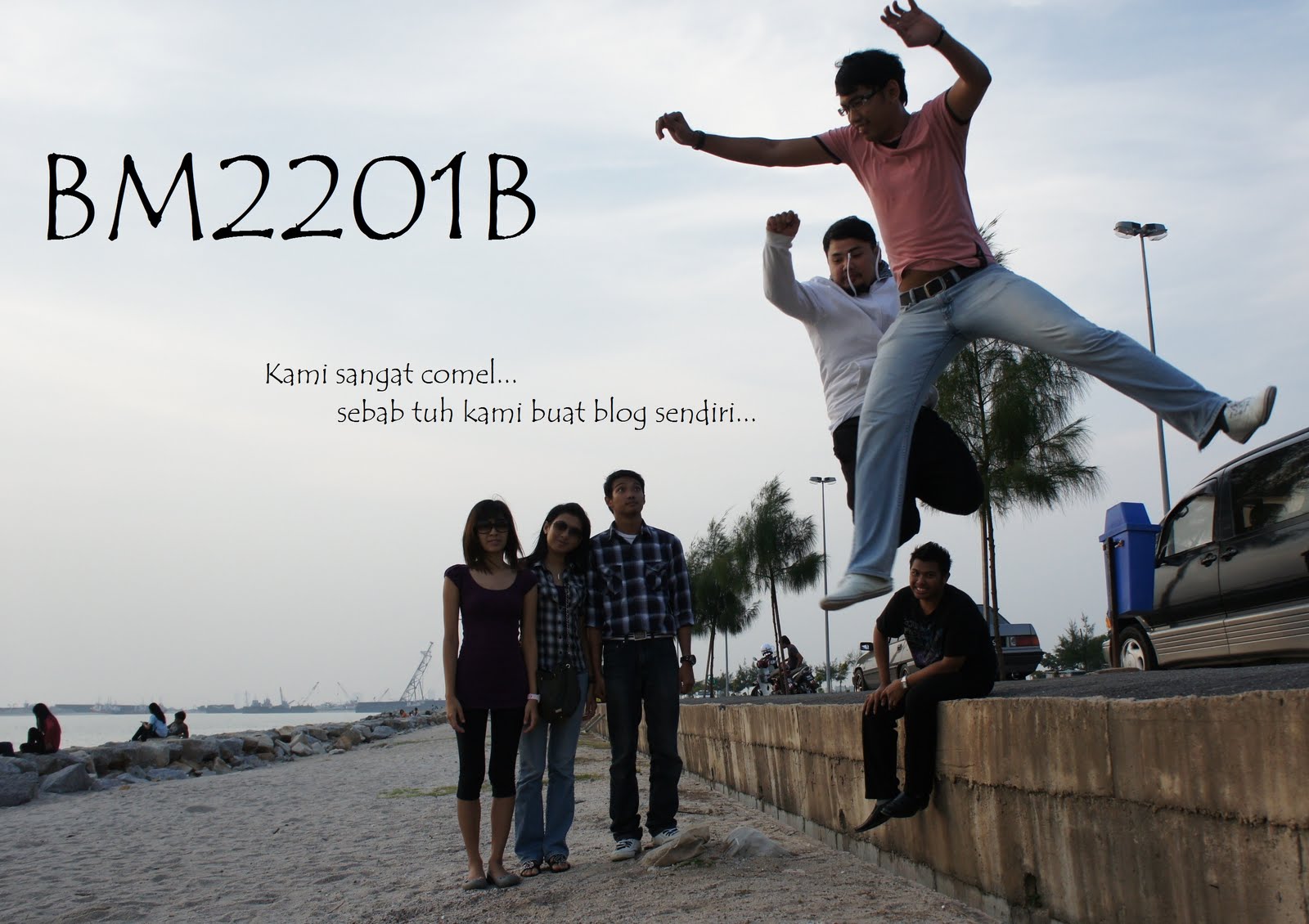Hardware focus on three interrelated factors which are appropriateness for the task, speed, and cost. A personal computer is made up of multiple physical components of computer hardware, upon which can be installed a system software called operating system and a multitude of software applications to perform the operator's desired functions.
Though a PC comes in many different forms, a typical personal computer consists of a case or chassis in a tower shape (desktop), containing components such as a motherboard.
Computer hardware or hardware means the fixed parts that make up a computer. Some examples include:
Motherboard
The motherboard is the main component inside the case. It is a large rectangular board with integrated circuitry that connects the rest of the parts of the computer including the CPU, the RAM, the disk drives (CD, DVD, hard disk, or any others) as well as any peripherals connected via the ports or the expansion slots.
Components directly attached to the motherboard include:
- The central processing unit (CPU) performs most of the calculations which enable a computer to function, and is sometimes referred to as the "brain" of the computer. It is usually cooled by a heat sink and fan.
- The chip set mediates communication between the CPU and the other components of the system, including main memory.
- RAM (Random Access Memory) stores resident part of the current running OS (OS core and so on) and all running processes (applications parts, using CPU or input/output (I/O) channels or waiting for CPU or I/O channels).
- The BIOS includes boot firmware and power management. The Basic Input Output System tasks are handled by operating system drivers.
- Internal Buses connect the CPU to various internal components and to expansion cards for graphics and sound.
Removable Media Devices
- CD (compact disc) - the most common type of removable media, suitable for music and data.
- DVD (digital versatile disc) - a popular type of removable media that is the same dimensions as a CD but stores up to 12 times as much information. It is the most common way of transferring digital video, and is popular for data storage
- Floppy disk - an outdated storage device consisting of a thin disk of a flexible magnetic storage medium. Used today mainly for loading RAID drivers.
- USB flash drive - a flash memory data storage device integrated with a USB interface, typically small, lightweight, removable, and rewritable. Capacities vary, from hundreds of megabytes (in the same ballpark as CDs) to tens of gigabytes (surpassing, at great expense, Blu-ray discs).
Input and Output
- Keyboard - a device to input text and characters by depressing buttons (referred to as keys or buttons).
- Mouse - a pointing device that detects two dimensional motion relative to its supporting surface
- Touchscreen - senses the user pressing directly on the display
- Joystick - a control device that consists of a handheld stick that pivots around one end, to detect angles in two or three dimensions and reports its angle or direction to the device it is controlling.
- Web cam - a video camera used to provide visual input that can be easily transferred over the internet.
- Printer - a device that produces a permanent human-readable text of graphic document
- Speakers - typically a pair of devices (2 channels) which convert electrical signals into audio.
- Headphones - for a single user hearing the audio.
- Monitor - an electronic visual display with textual and graphical information from the computer.
Ø CRT - (Cathode Ray Tube) display
Ø LCD - (Liquid Crystal Display) as of 2010, it is the primary visual display for personal computers.
Ø LED - (light-emitting diode) display
Ø OLED - Organic Light-Emitting Diode
Posted by Zulkhairudin Zulkifli
2010988721
















